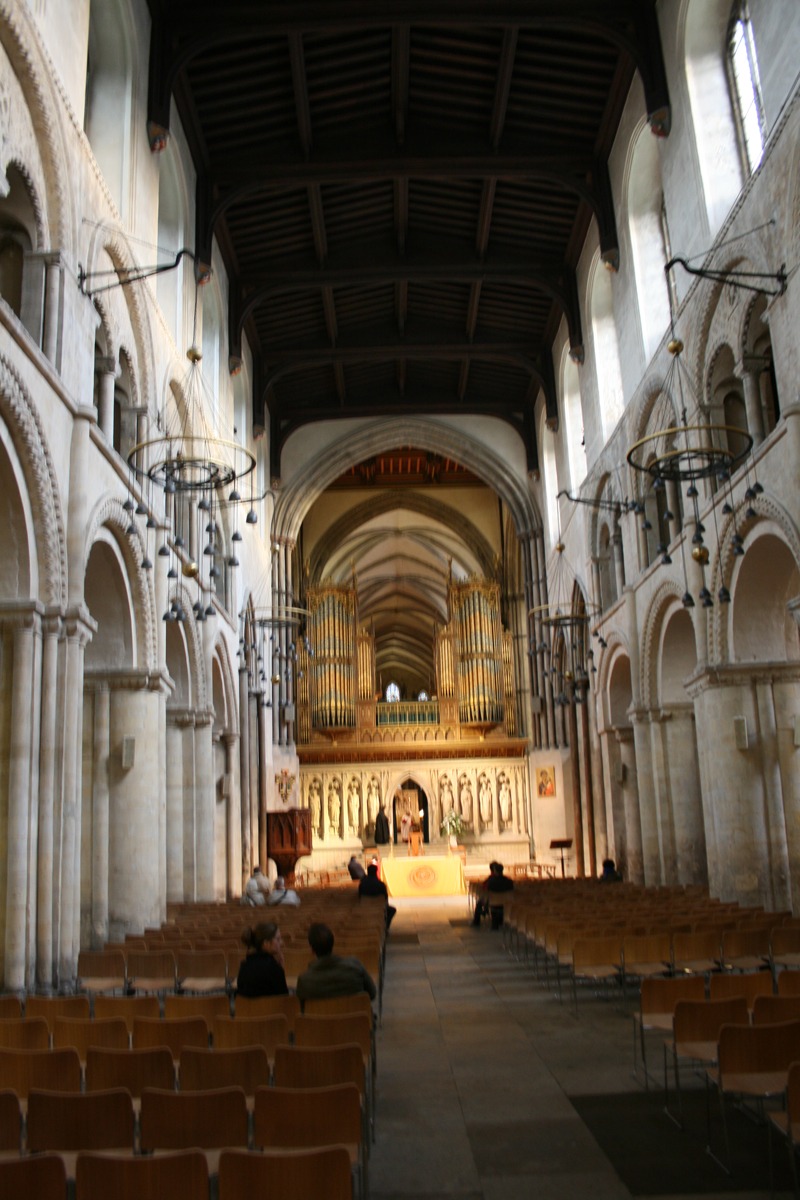Oh Rochester
One of the points in our film is that the translation project was driven by political as much as by spiritual concerns. King James had just come to power in a realm divided by very different traditions. On one side were the High Church practitioners who valued stateliness and ritual, and on the other the Puritans who believed in a personal, no frills, sort of religion based solely on the individual’s relationship to God.
To James this wasn’t a mild difference of opinion; it was life and death. Guy Fawkes and a small group of Catholic radicals tried to kill him. Later a much larger group of Puritans succeeded in killing his son. The King James Bible was essentially an attempt to combine the best of earlier translations into a single, universal bible that could bring the people together and end the divisions. The effort failed, but it did produce one of the most moving texts in the history of the English Language.
These were the thoughts that ran through my mind as we shot video in Rochester, England. We needed shots of a cathedral, and we chose Rochester because it figures peripherally in the story, has a different look than many similar structures, and perhaps most importantly, because they didn’t want an obscene amount of money.
Rochester is not the ornate double spired, gothic gargoyle perch we normally think of as a cathedral. This is a Norman era building from the twelfth century with thin towers, broad round columns and a gentle grace that comes from almost a thousand years of regular use.
In the Middle-Ages, according to historian John O’Malley, church services became more and more elaborate in what was sometimes described as a “gospel for the illiterate.” It was an effort to communicate some sense of the glory of God to the ordinary peasant. Ornate structures, complex music and detailed rituals were all intended to give humble villagers a fleeting glimpse of the majesty of heaven.
My own upbringing was closer to the puritan school: No robes, simple buildings, simple music and a lot of reflection.
But standing beneath the vault of the Rochester Cathedral, it’s hard not to appreciate the other perspective. For 900 years, this has been the center of Christian life in this community. Here countless people have been baptized, educated, married, advised and finally commended to eternity. These warm earthy columns have silently gazed down upon thousands of lives as people worried, fretted, feared and were comforted.
As I contemplated this, the choir commenced their practice for the evensong. Angelic sounding voices echoed off one wall and then another, the sound repeating and gently diminishing into nothing. Within this space, it’s impossible not to appreciate the way High-Church services provided comfort and continuity to the generations of people who have knelt here in the grooves worn away by their ancestors.

And that, I truly believe this is a large part of why the King James Bible has been so successful. The KJV was a coming together of different perspectives, and a willingness to acknowledge that differences can exist between believers. These academics understood and respected other opinions, and were willing to subjugate their own agendas toward the common good of a single translation. Differences will always exist among the faithful, and that’s okay.
Although, as the translators themselves noted in their preface, “Not in doctrinal points that concern salvation.”
 Jerry Griffith
Jerry Griffith
Reader Comments